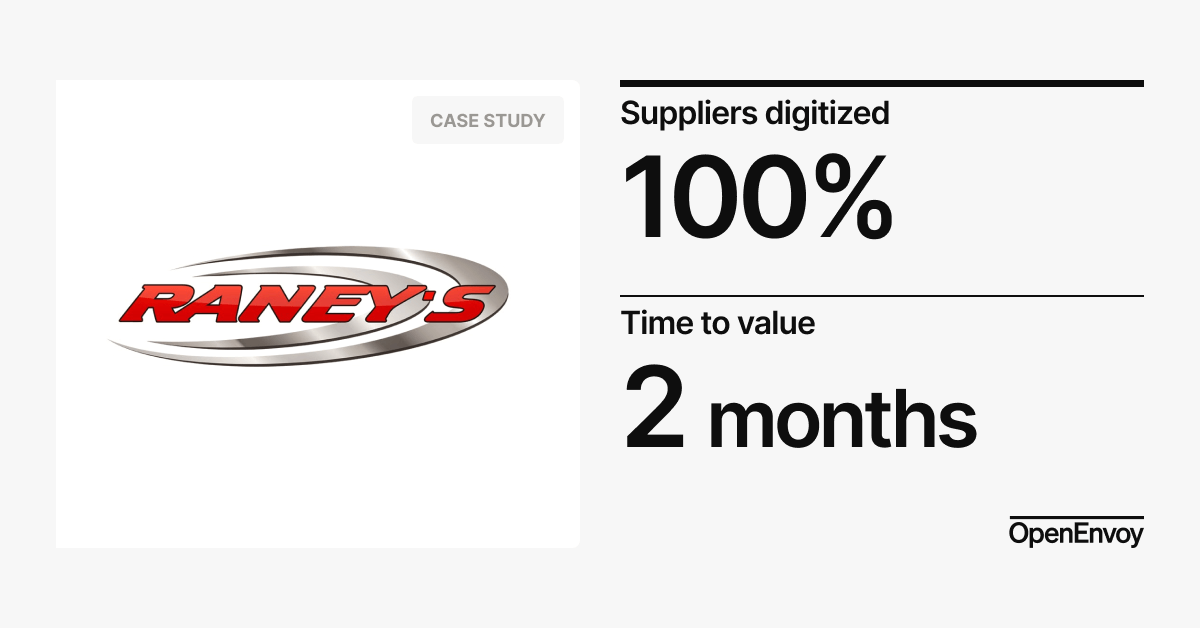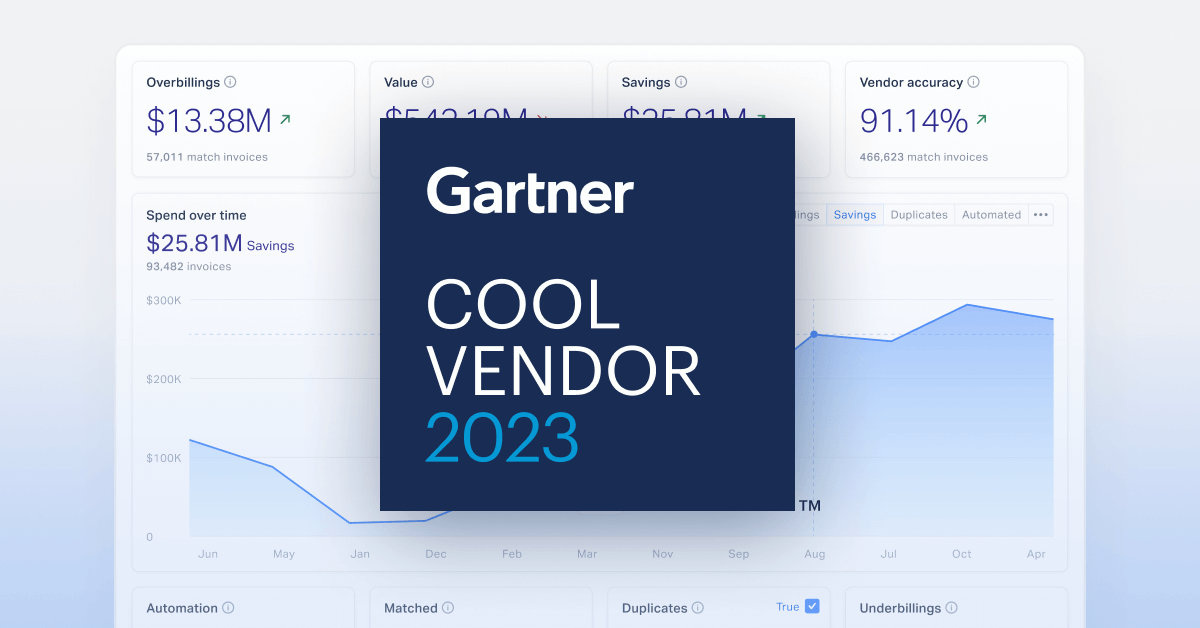< Back to E-Invoicing Overview
The Philippines has implemented e-invoicing as part of its Tax Reform for Acceleration and Inclusion (TRAIN) Act, requiring large taxpayers to transition to digital invoicing. The system integrates with the country’s tax authority, allowing real-time validation and reporting of transactions.
e-invoicing in the Philippines is designed to improve tax collection, reduce fraud, and streamline financial operations for businesses. The government is rolling out e-invoicing in phases, with full adoption expected in the coming years.
Regulatory authority
The Bureau of Internal Revenue (BIR) manages e-invoicing compliance and implementation.
E-invoicing requirements
E-invoicing is mandatory for large taxpayers, exporters, and e-commerce businesses, with further expansion planned.
Accepted invoice formats
Invoices must be issued in XML format following the Electronic Invoicing System (EIS) standards.
Transmission channels
Invoices must be submitted through the BIR’s Electronic Invoicing System (EIS) before being sent to customers.
Digital signatures
Digital signatures are required for invoice authentication and regulatory compliance.
Archiving requirements
Invoices must be archived for ten years under Philippine tax laws.
How B2B e-invoicing works in the Philippines
Businesses generate invoices in XML format and submit them through the EIS platform for validation before issuing them to recipients.
How B2G e-invoicing works in the Philippines
Government suppliers must submit invoices through the BIR system to ensure compliance with procurement requirements.
Ready to get started?
Schedule a consultation to explore the benefits of e-invoicing.


